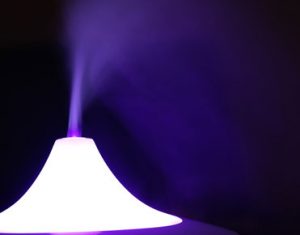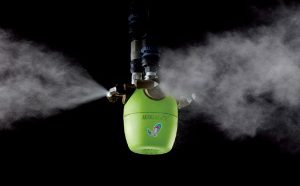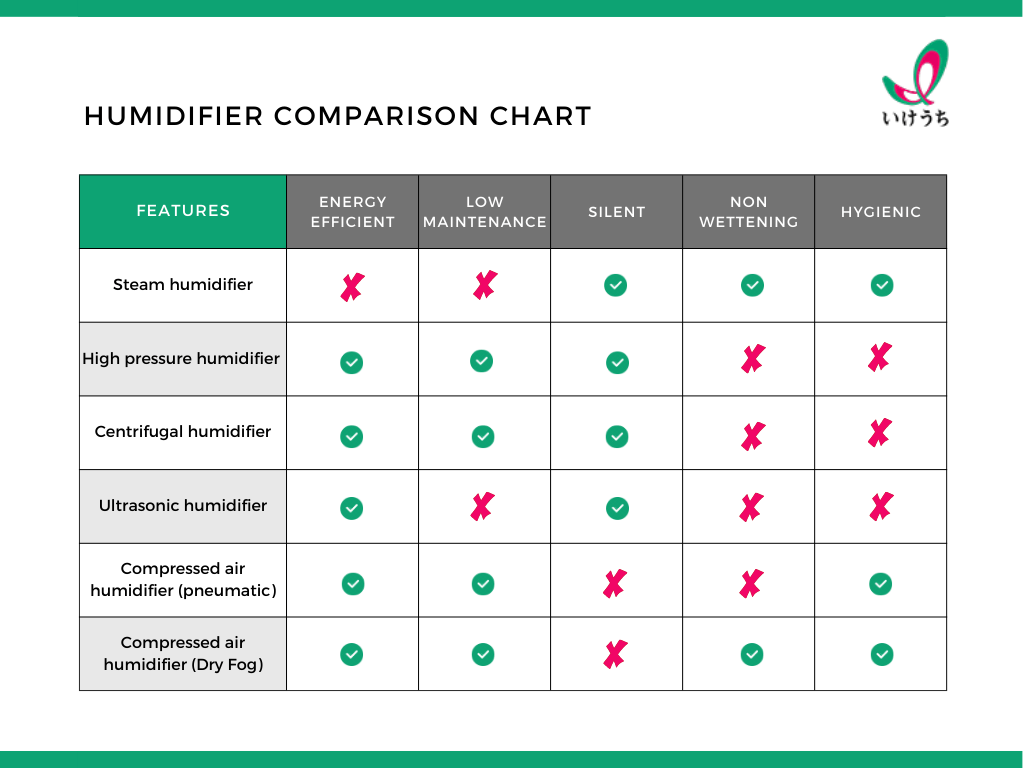April 8, 2019
What are the different types of humidifiers?

What kind of industrial humidifiers are on the market?
There are several types of industrial humidifiers on the market depending on the application and needs. Each type has its own benefits and downfalls depending on the purpose and level of expectations.
Industrial humidification control is generally divided into 3 branches:
-
Isothermal (steam humidification above 100°C)
-
Vaporizing (evaporation by blowing water)
-
Adiabatic (evaporation with water mist)
What is the difference between isothermal, vaporizing and adiabatic humidification?
Steam humidification (isothermal type) used to be the conventional humidification system on production sites. But with the higher running cost of the steam system and the inconvenience of rising the temperature, other types of systems quickly got accepted, like adiabatic cooling.
Isothermal humidification
Isothermal humidification is the term used to describe steam humidification. It is one of the most hygienic system as the use of hot water kills the germs and bacteria while releasing sterile moisture.

There are different type of steam humidifiers on the market:
- Gas-fired humidifier
- Steam exchange humidifier
- Electrode steam humidifier
- Resistance steam humidifier
Steam humidification is in general more silent and will never wet the environment or the objects as no water droplets are sprayed. But the installation of the system will increase the air conditioning consumption and increase the operating costs.
Vaporizing humidification
Vaporising humidifiers are a more simple and cost efficient way to enforce humidification control. The downside is however that its very difficult to control the humidity levels with this option. An evaporative humidifier is generally located in a duct or air handling unit. Air flows through a continually moistened evaporative matrix and absorbs moisture as it does so. Some of the more well-known vaporizing humidification systems are:
• Air washer
• Drop osmosis
Air washer
The air washer method blows air with a higher level of humidity by spraying water in the air-conditioner. The advantage of this method is that its energy efficient and don’t wet due to no droplets. The disadvantage is however that its very difficult to control the humidity levels and frequent maintenance is needed.
Drop osmosis
The drop osmosis methods uses the air coming in from the outside and increase humidity by dropping water down as it passes. The advantages of this method is also its low cost and energy efficiency. It is however not possible to control the humidity level and there is a risk of bacteria and dirt entering the humidification element.
Adiabatic humidification
Adiabatic humidification is the term used to describe cool mist humidifiers. The principle is to release water droplets in the air using an external energy power.
As water is sprayed without being heated beforehand like in isothermal, there is a decrease in temperature happening while humidifying. This is the adiabatic cooling effect.
There are different type of cool mist humidifiers on the market:
- Centrifugal humidifier
- Ultrasonic humidifier
- High pressure humidifier (with pressurized water)
- Compressed air humidifier (our Dry Fog humidifier)
Using a cool mist humidifier will decrease the costs of air conditioning and lower the operating costs.
It also offers a double-edge advantage of humidifying while cooling the environment. And at the same time suppressing dust to reduce the airborne contamination.

But between all the adiabatic humidification system, the compressed air Dry Fog humidifier offers the best alternative.
Why is the Dry Fog humidifier the best solution?
While it uses osmosis water and compressed air, our AKIMist® can cover a larger area or be used for spot humidification. It has almost no maintenance and it will never leak thanks to its internal design.
But its most interesting feature is that it sprays non-wetting fog. Thanks to the small water droplets size, our AKIMist® humidifier will never wet the environment or the object.
Check out our infographic which compares the different type of humidifiers:

For more information about our Dry Fog humidifier AKIMist®:
